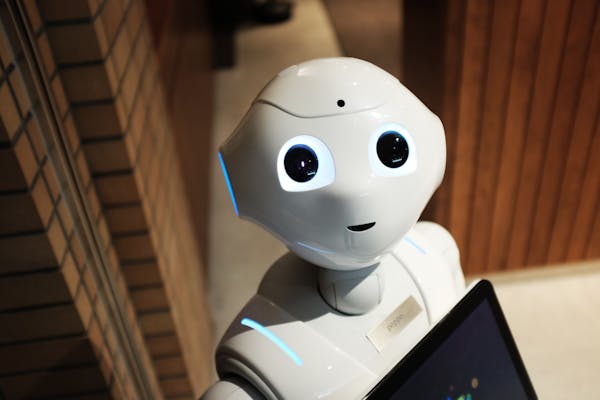AI Chat is powered by one of the world’s most advanced state-of-the-art language processing AI models, developed and owned by OpenAI LP. Its real-time understanding of your site visitor’s questions allows them to lead the conversation.
Conversational AI is used for a number of customer service functions, such as answering questions and making recommendations. Despite the hype, however, rushing to add chatbots will not solve all user needs. Check out more at gptgirlfriend.online.
1. Natural Language Processing
Natural language processing (NLP) is what makes it possible for AI chatbots to decode human input. It looks not only at incoming text or speech as a sequence of symbols but at the hierarchical structure of words that form sentences and phrases.
It’s what powers chatbots that answer questions, write text, solve math problems, do coding and generate art. It’s what lets users enter prompts and get humanlike images or text back, like in the popular app ChatGPT that uses generative AI to create writing templates, essay prompts, code examples, and more.
NLP is also what allows chatbots to recognize contextual clues about a user’s request and provide more relevant responses over time. It’s what gives a virtual assistant the ability to follow up on a query with more actions or helpful comments without being told. And it’s what makes the difference between rule-based bots that can only respond to a pre-programmed list of keywords or more flexible, human-like chatbots like IBM Watsonx Assistant, Apple Siri and Amazon Alexa.
2. Machine Learning
Machine learning is one of the key technologies behind today’s AI chatbots. It uses data mining to identify patterns in customer queries and generate the most relevant responses, resulting in faster, more personalized service for customers.
Traditional, pattern-matching chatbots rely on pre-defined keywords and answers for their replies. These rudimentary chatbots cannot interpret natural language and are not able to respond to any questions that haven’t been programmed into their systems.
Machine learning-powered chatbots can categorize queries and find the most accurate response based on weighted relationships and the overall context of each statement. This results in a more dynamic set of responses for each query and can improve over time as the chatbot learns from its experiences. This type of AI is often used in conversational AI, such as the IBM Watsonx Assistant that is capable of delivering fast and consistent answers on any application, device or channel. This is particularly useful in highly regulated industries such as financial services and healthcare.

3. Genius Mode
Genius Mode is an augmented intelligence feature that uses a large language model to improve the accuracy and depth of its knowledge. This allows it to better understand natural language and provide a more customized response that feels like talking with a real person.
It can also use its logical reasoning skills to answer complex questions and solve problems. For example, when asked to recommend a laptop under $1000, it can list the best options and create a chart comparing their specs. It can even turn a written paragraph into an intelligent article or tweet, as well as generate a video script.
Like Copilot, Genius can answer a wide range of prompts related to writing, research, math, coding, and more. It can also upload and analyze documents, generate images, and perform data visualization. It has also gained a few features since its initial release, such as access to current events, citations (or links to the sources it retrieved information from), web browsing, and visual question answering.
4. Web Browsing
Getting information from the Internet is one of the biggest challenges when building an AI chatbot. This is due to security issues like data leakage, sub-standard confidentiality and liability, intellectual property complexities and uncertain licensing of source data.
Despite this challenge, there are still numerous benefits of using an AI chatbot. It can streamline customer support and automate redundant, repetitive tasks for organizations that want to free up employees to focus on higher value work.
The generative AI chatbot ChatGPT got a significant upgrade in September, with Microsoft (MSFT)-backed OpenAI saying it could now search the Web through its Bing search engine. The new browser plugin overcomes a major limitation of the chatbot, which relied on data that was limited to September 2021. The feature is available to ChatGPT Plus and Enterprise users and will be expanded to other customers soon. The startup is also working to make the bot more intelligent by partnering with a news media company for current information.